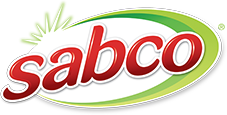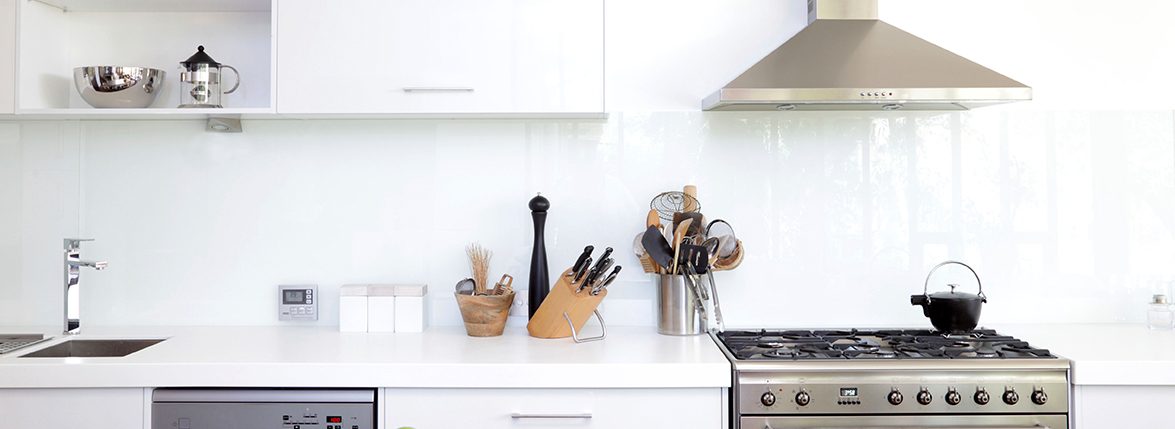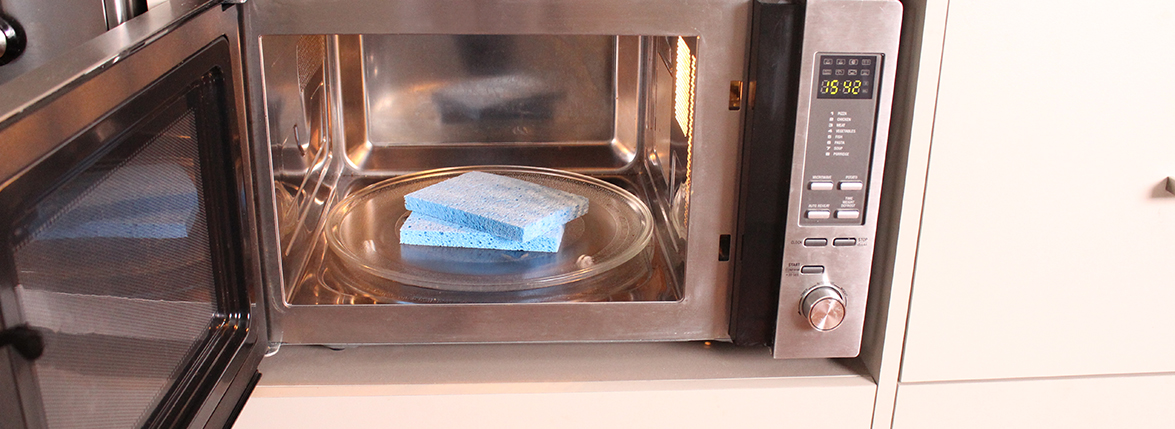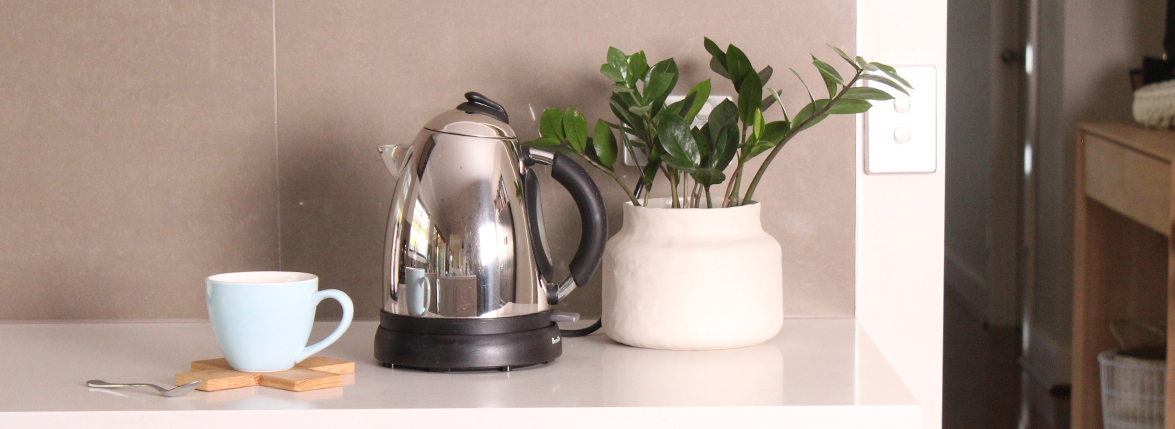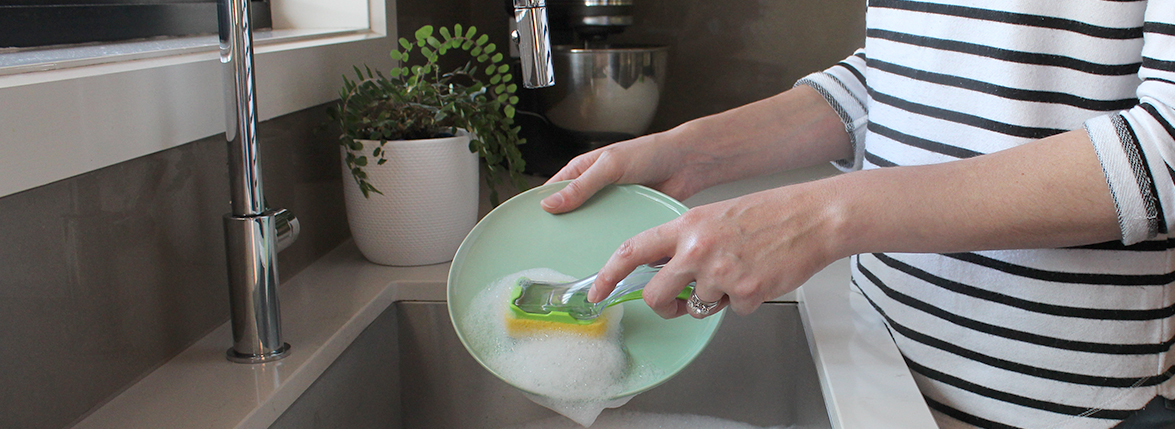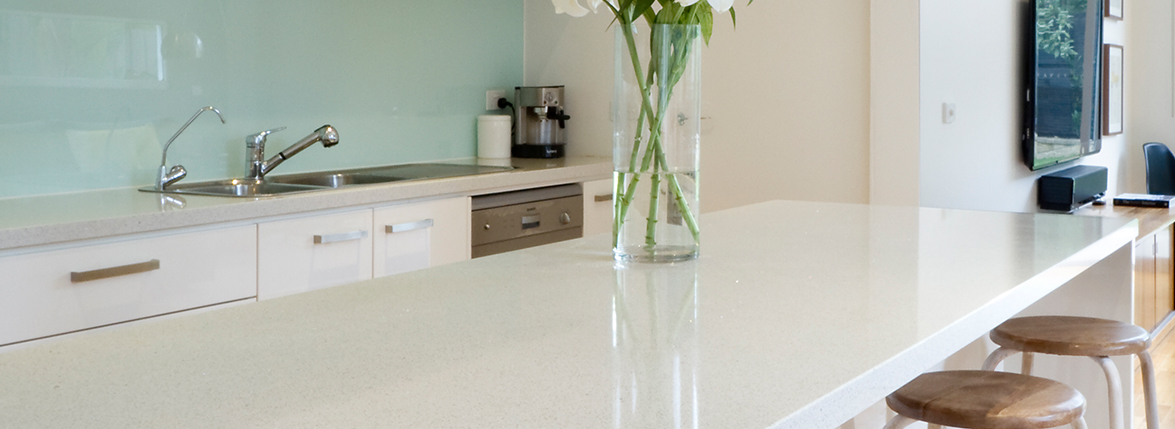
The secret to cleaning your stone bench top
The kitchen bench top is one of the most used surface in the home. Spills, crumbs, oil and little sticky fingers.
Keeping your stone bench top clean is easy once you know how.
Firstly know what products that can damage your stone bench top:
– Bleach
– Nail Polish
– Oil-Based soap bars and spray cleaners
– Scourers or abrasive cleaners
– Hot pot and roasting trays
If you find yourself with any of the above, make sure you remove it straight away.
Now to clean your stone bench top. Our friends over at Oakwood have formulated a stone bench top cleaner that will break down built up dirt and grime. The 3-in-1 formulation cleans, polishes and protects, leaving a protective layer to guard against everyday fingerprints, smears, water spots and liquid splatters. This product is suitable for use on any reconstituted stone and natural stone such as granite, marble and limestone.
